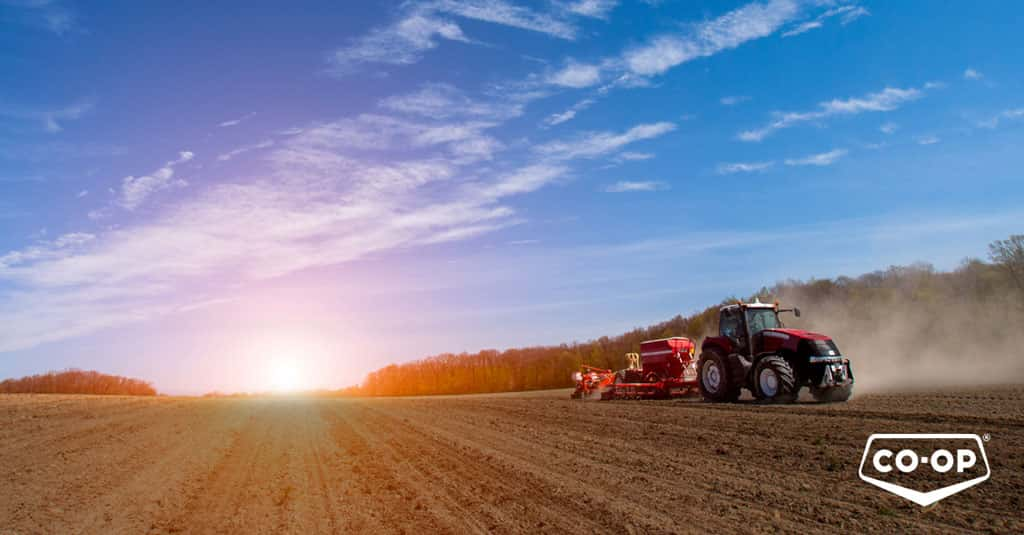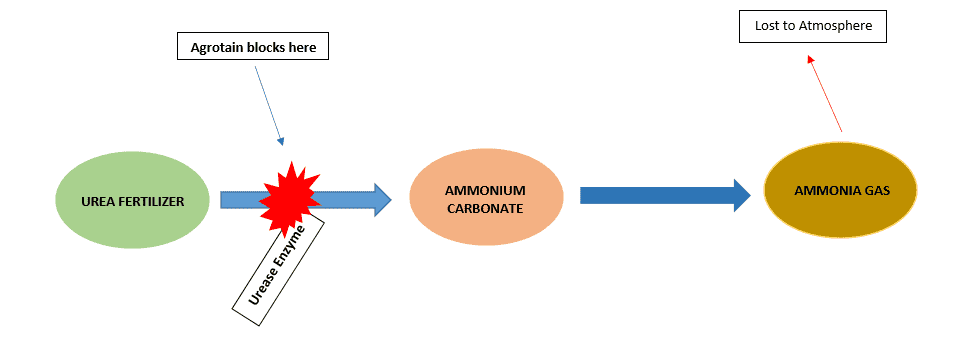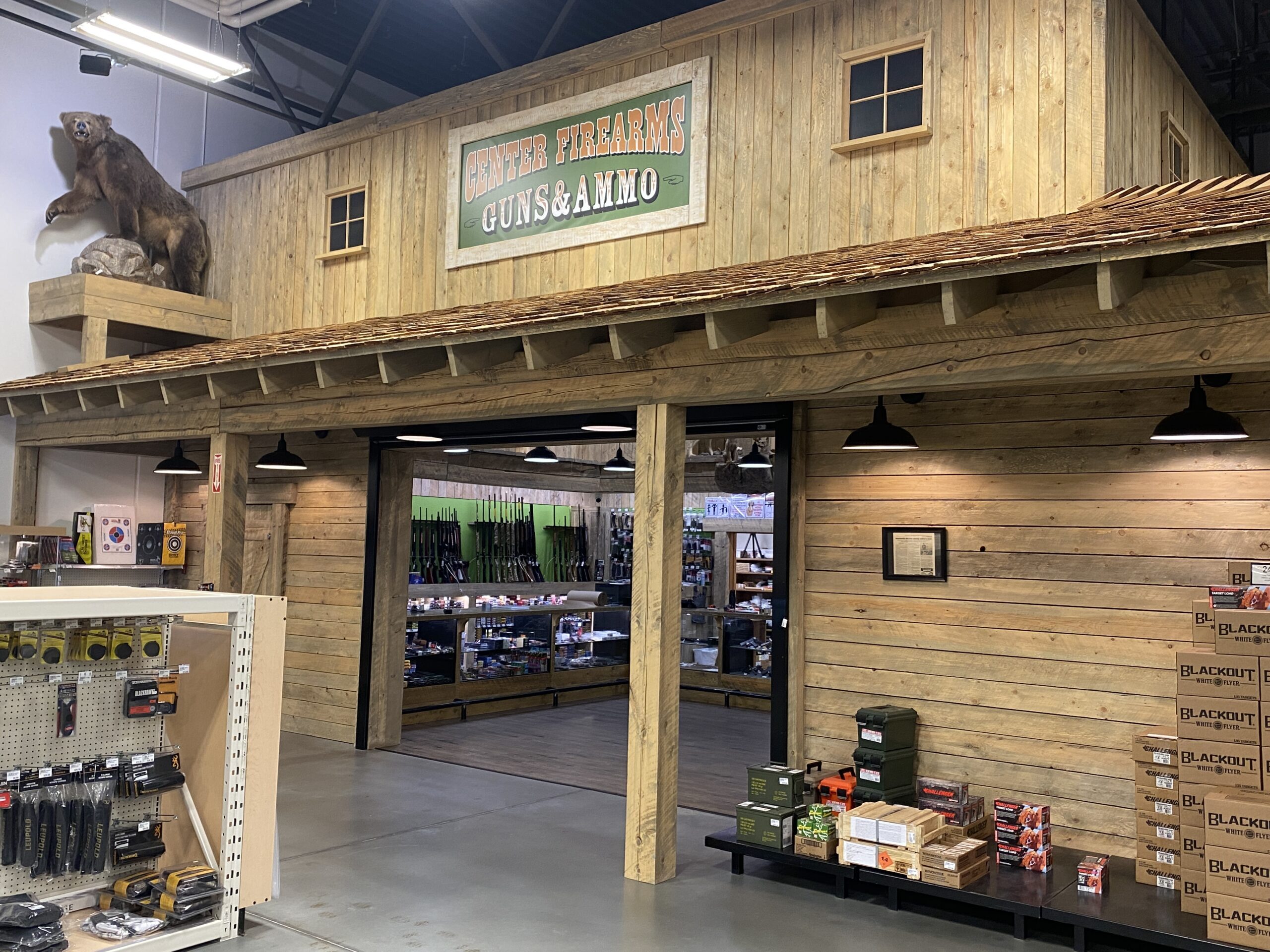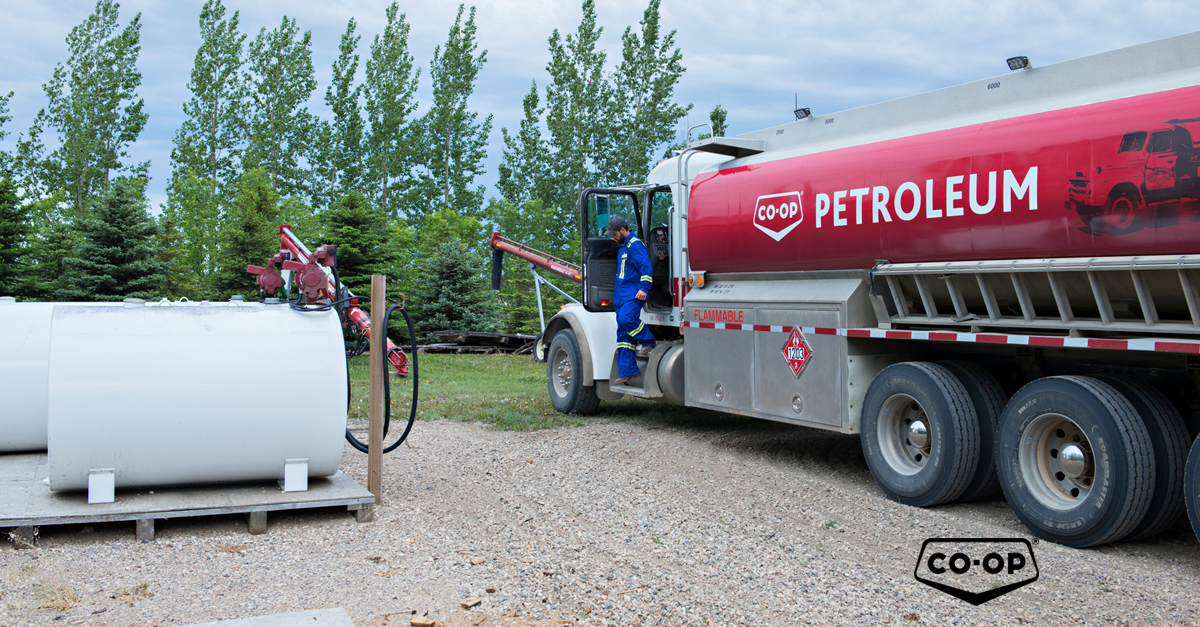
The Dirt on Nitrogen Stabilizers
Nitrogen fertilizer is one of the most significant investments that you make on your farm every year. In terms of yield limiting factors that growers encounter, Nitrogen losses to the environment can be one of the most substantial. Nitrogen stabilizers were developed to regulate nitrogen release from various fertilizer sources once applied to the soil. These products work by interfering with soil bacteria and enzymes that change and transform Nitrogen in the soil. Having a clear understanding of these transformations is necessary in order to choose the proper Nitrogen stabilizing product for your farm.
When Nitrogen fertilizers are applied (eg. Urea or Anhydrous ammonia), they undergo transformations in the soil which are facilitated by soil bacterium that convert the fertilizer into a different form of Nitrogen, usually Nitrate-Nitrogen. This Nitrate-N can be lost from the soil to the environment by several mechanisms, including being leached by soil water or lost to the air as ammonia gas. There are three basic types of nitrogen stabilizers, all of which affect this transformation in some way; slow release fertilizers, Urease inhibitors and Nitrification Inhibitors. Choosing which product to use will depend on several factors, which should include the type of Nitrogen fertilizer being used, how you apply it and when you apply.
- Slow Release products – ESN fertilizer manufactured by Agrium (http://www.smartnitrogen.com/) is a polymer coated form of Urea. Water diffuses through the polymer coating and dissolves the Urea pellet. This does not directly interfere with the soil processes mentioned earlier, however it does decrease the amount of nutrient loss because the Nitrogen release is gradual. This is useful for seed placed Nitrogen applications if you are concerned about ammonium or salt toxicity.
- Urease Inhibitors – Agrotain, produced by Koch fertilizers (http://kochagronomicservices.com/us/products/agriculture/agrotain/), works by inhibiting the Urease enzyme. This enzyme breaks down the Urea molecule to ammonia gas which is released and lost into the atmosphere. Urease inhibitors are beneficial under circumstances where Urea is being broadcast onto the soil surface and may not be incorporated for some time.

- Nitrification Inhibitors – These products slow down the activity of the bacterium Nitrosomonas which converts ammonium-nitrogen to nitrate-nitrogen. Nitrate-N can be lost to the environment via leaching or as atmospheric gases. There are several products produced by Dow Agrosciences that fall into this category, eNtrench and N-serve (https://www.protectyournitrogen.ca/en/home/). eNtrench can be used with liquid fertilizers and manure and N-serve is applied with Anhydrous Ammonia. These products would be best used in circumstances when you are banding in your fertilizer, perhaps in the fall or early spring.The important thing to remember if you are thinking about using a Nitrogen stabilizer product is to not get bogged down in complicated soil interactions. Keep it simple, look at what kind of Nitrogen source you are using and how you are applying it, from there you can decide what kind of stabilizer you should be using for your farm.
POPULAR NEWS
Summer Days Photo
Contest Voting
August 7, 2018 Below are all the awesome photos that you submitted to...



